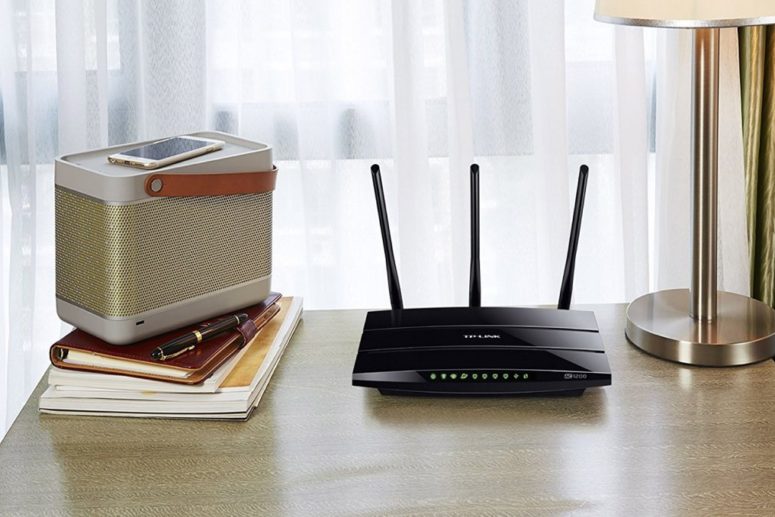Most wireless access points and wireless routers can theoretically have 255 devices connected at a time. That represents a lot of computers, smartphones, tablets, cameras, and other devices and probably far exceeds the needs of the typical home. However, just because you can theoretically connect 255 computers to a single Wi-Fi router/access point doesn’t mean you should.
When multiple devices are online at the same time, it can slow down WiFi across your entire household. You may notice that when you connect your laptop, a couple of PCs, and some smartphones to your network, it’s much harder to stream on your TV. Perhaps the movie stalls or looks fuzzy or you start receiving connection errors.
Keep in mind that each computer or device that’s added to your network will reduce the bandwidth available to the other devices using the same Internet connection. That’s because all these devices are sharing not only the same wireless network, but they’re also sharing the same Internet connection from your broadband service provider. In this case, the bottleneck isn’t necessarily with the wireless connections, but it’s with the amount of traffic or bandwidth that can pass through the Internet router to your broadband service provider.
JAMES COMEY Technology has forever changed the world we live in. We’re online, in one way or another, all day long. Our phones and computers have become reflections of our personalities, our interests, and our identities. They hold much that is important to us.
It’s as if your network says, ‘Oh, you’re using your phone right now? No problem, let me pull some strength from that movie that’s hogging so much space.’
Since we know that in the home network, the performance of a shared Internet connection will degrade as more computers and devices try to access the Web simultaneously, the big question is how many devices can share the Internet connection at once before you get a slow down?
A general rule of thumb is to limit the number of simultaneous connections on your home network to 45. However, the specific number is going to vary widely depending on what each of those devices is doing. For example, downloading MP4s or large files requires much more bandwidth than checking email or simple Web browsing. Likewise, if the network is hosting Web, FTP, or Gaming servers, the recommended limit for the number of network connections may be much lower.




